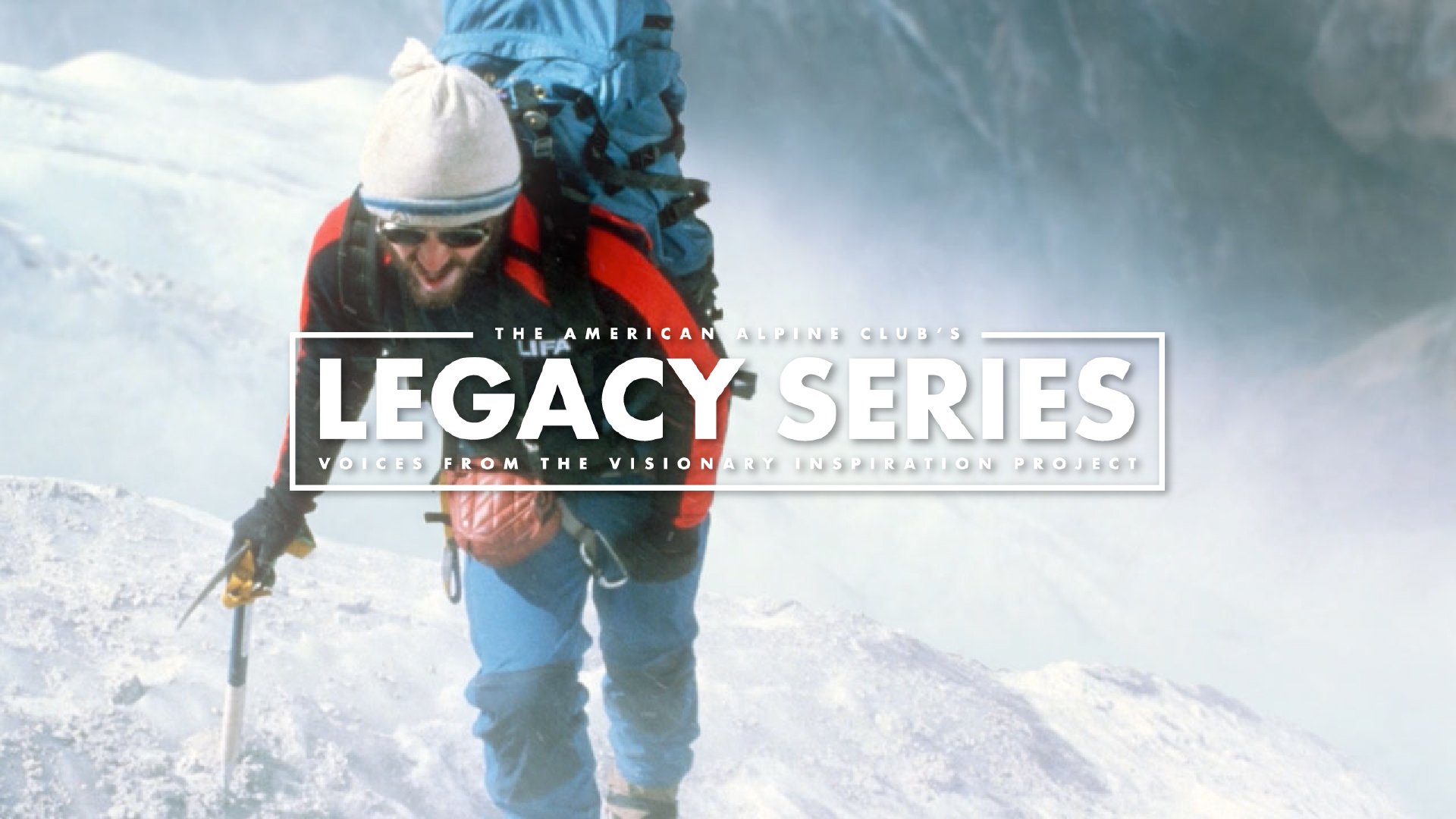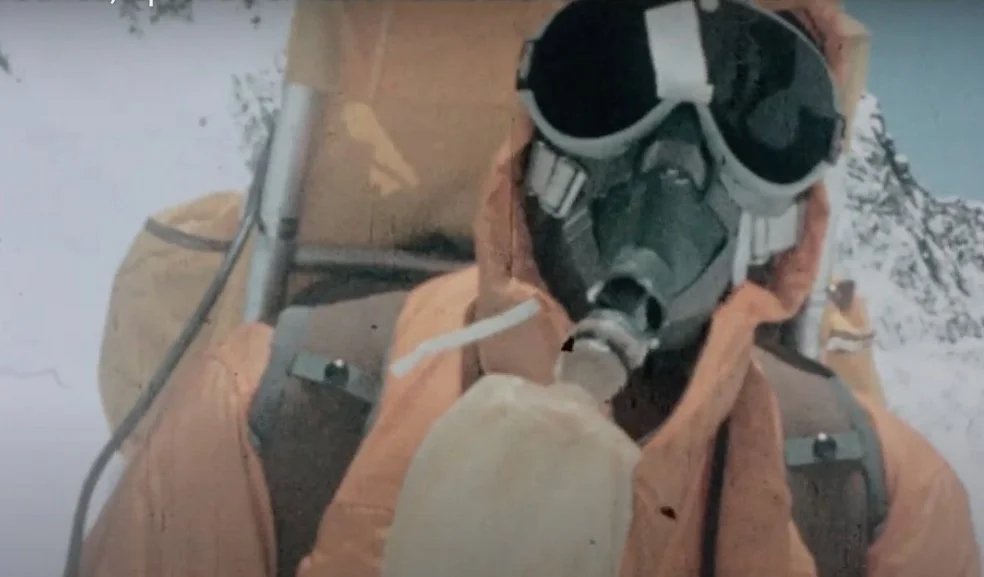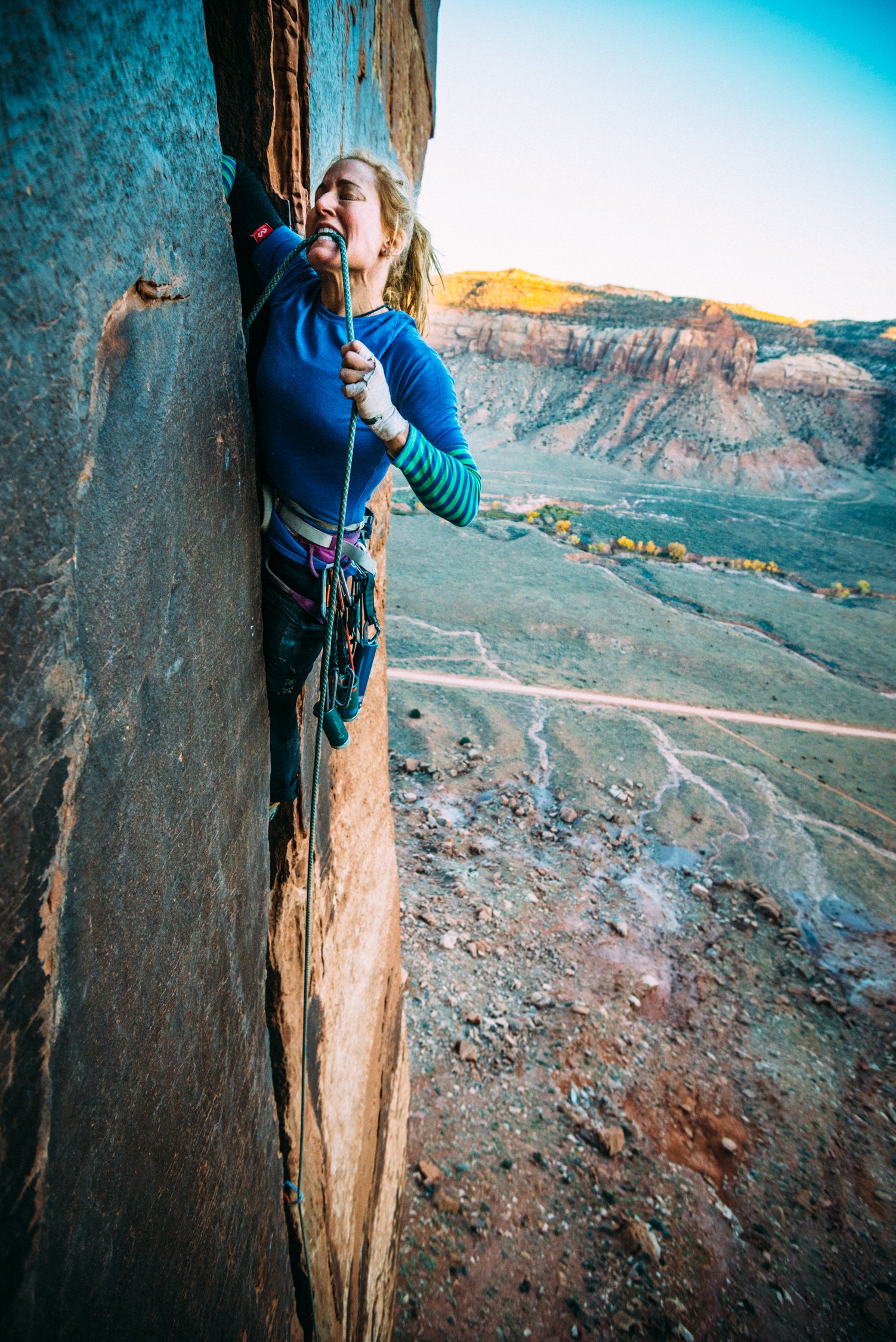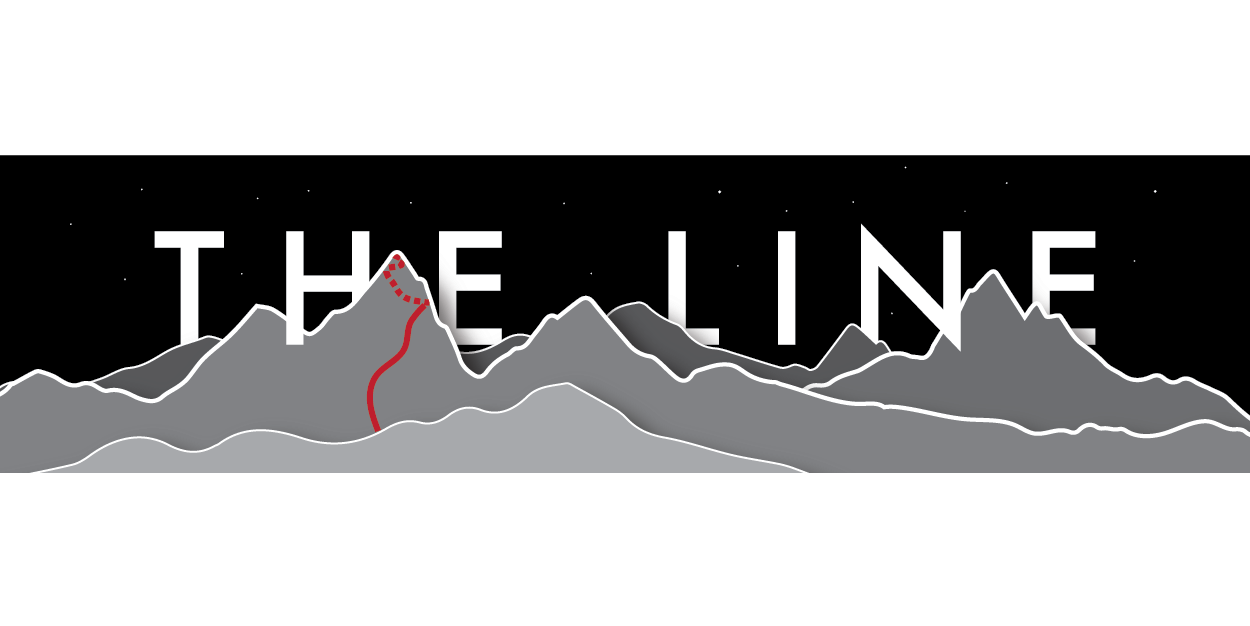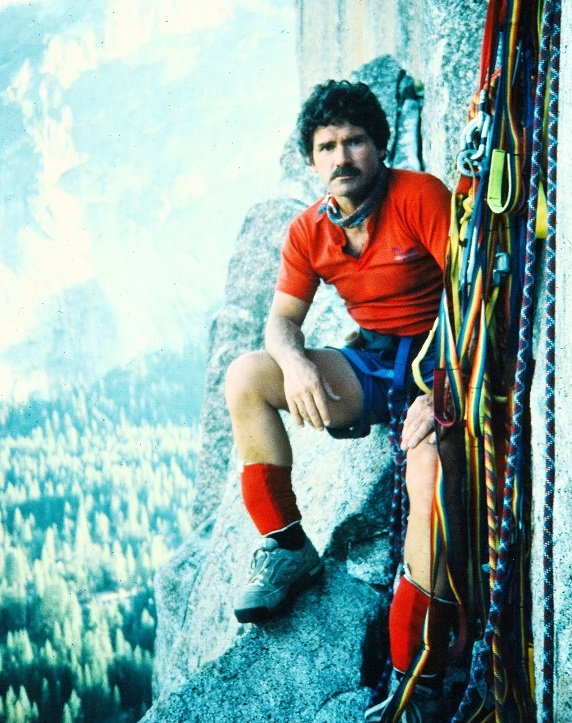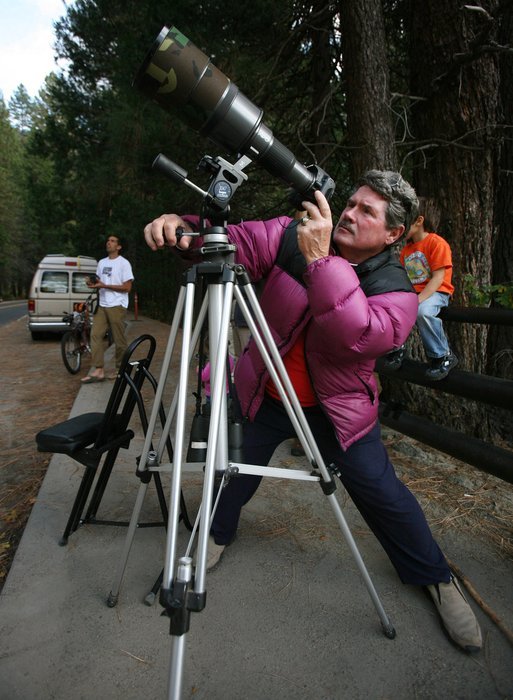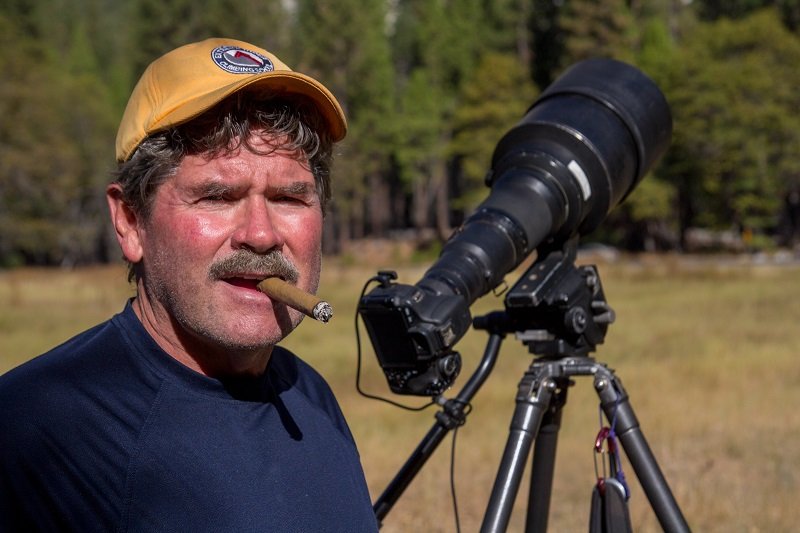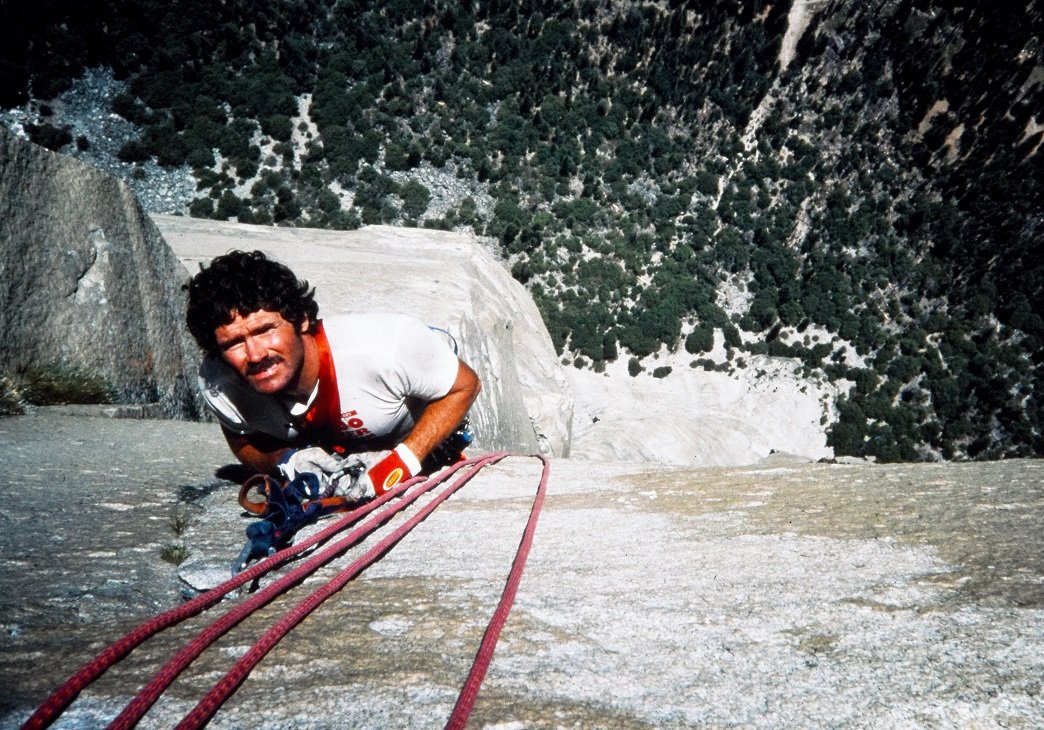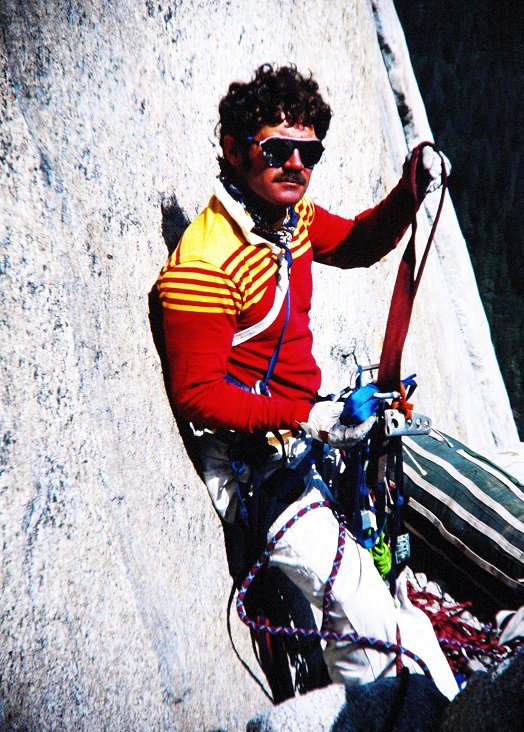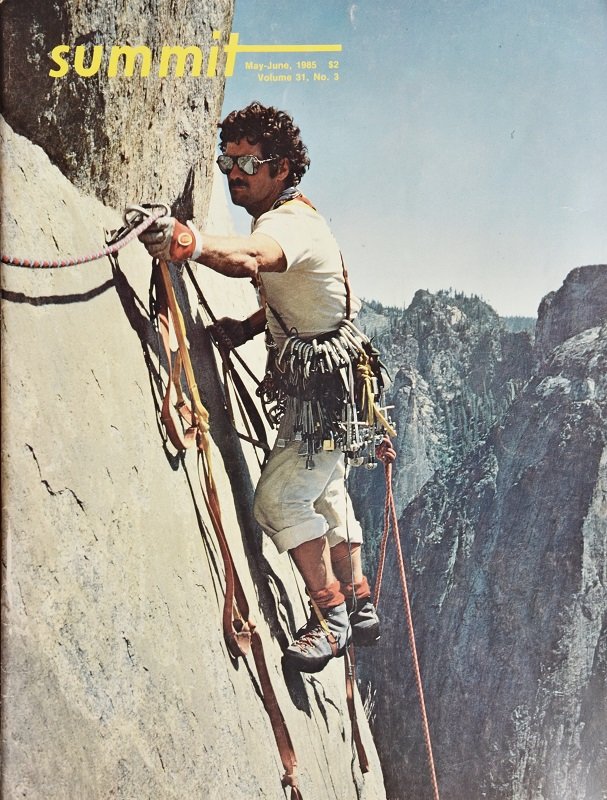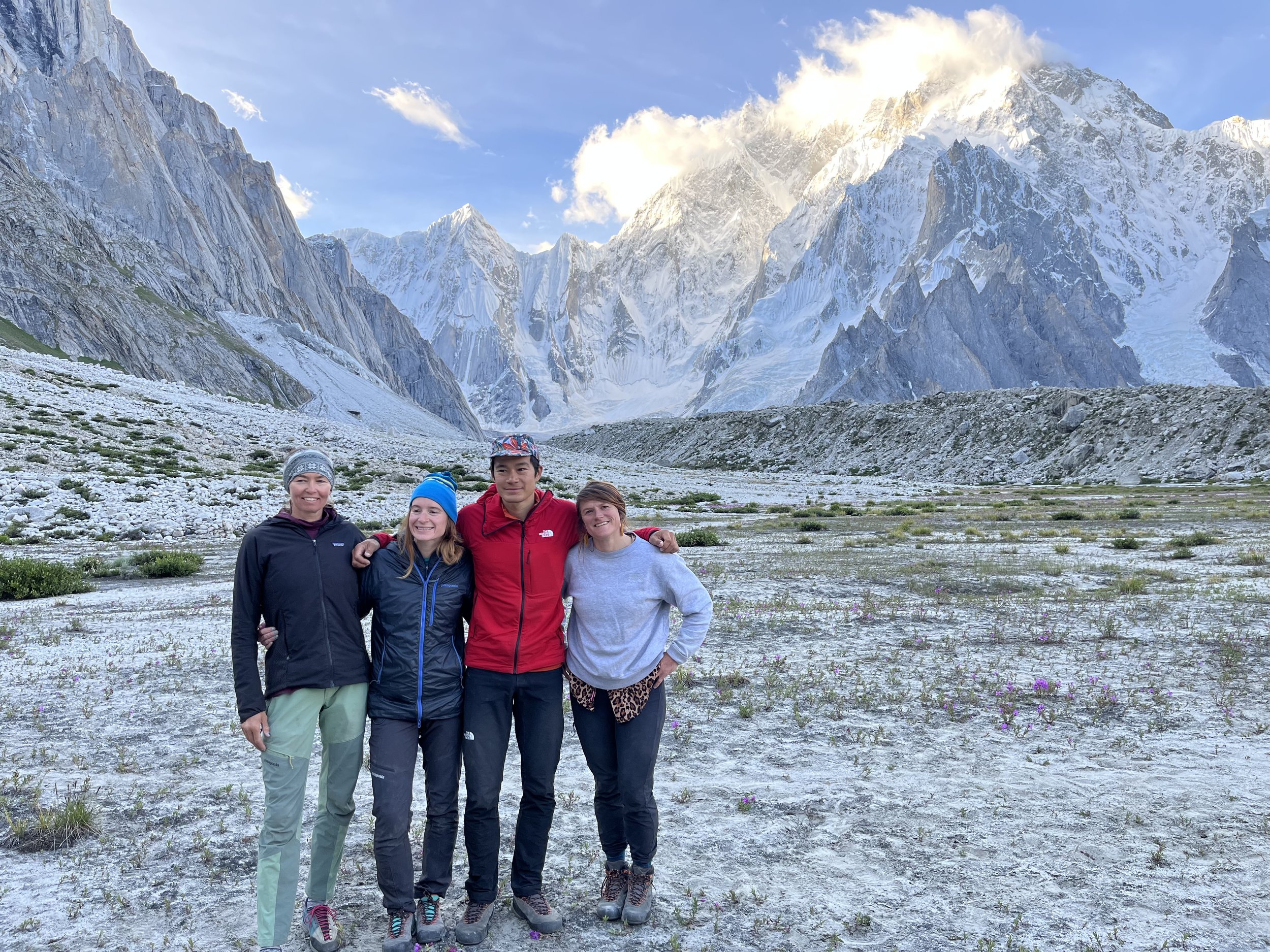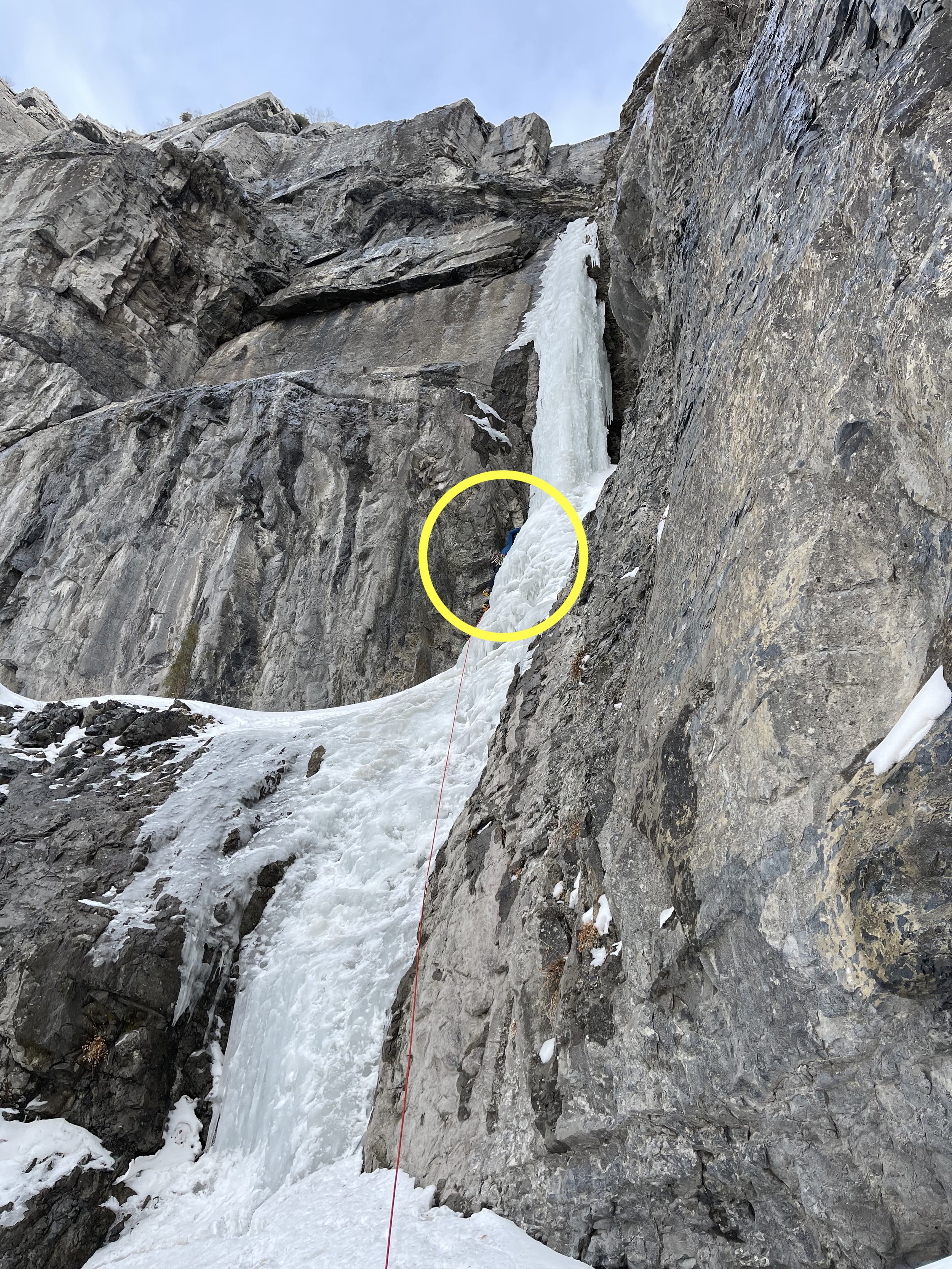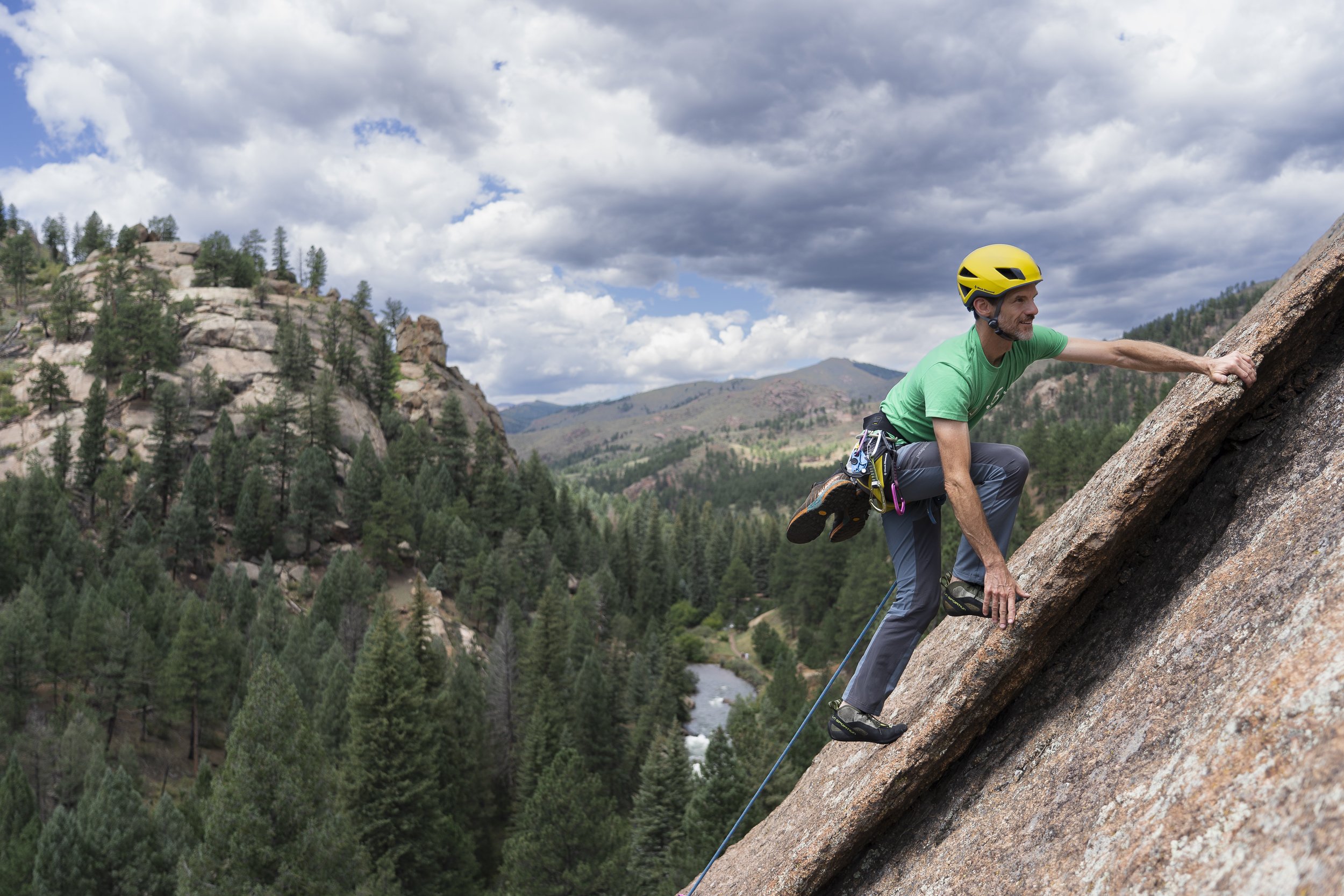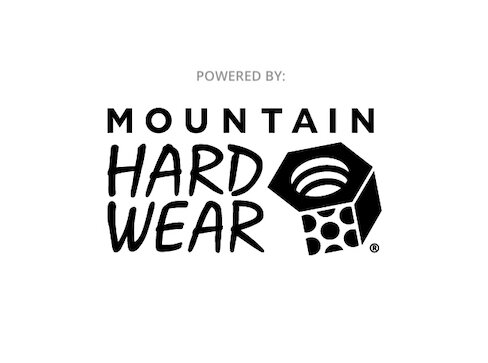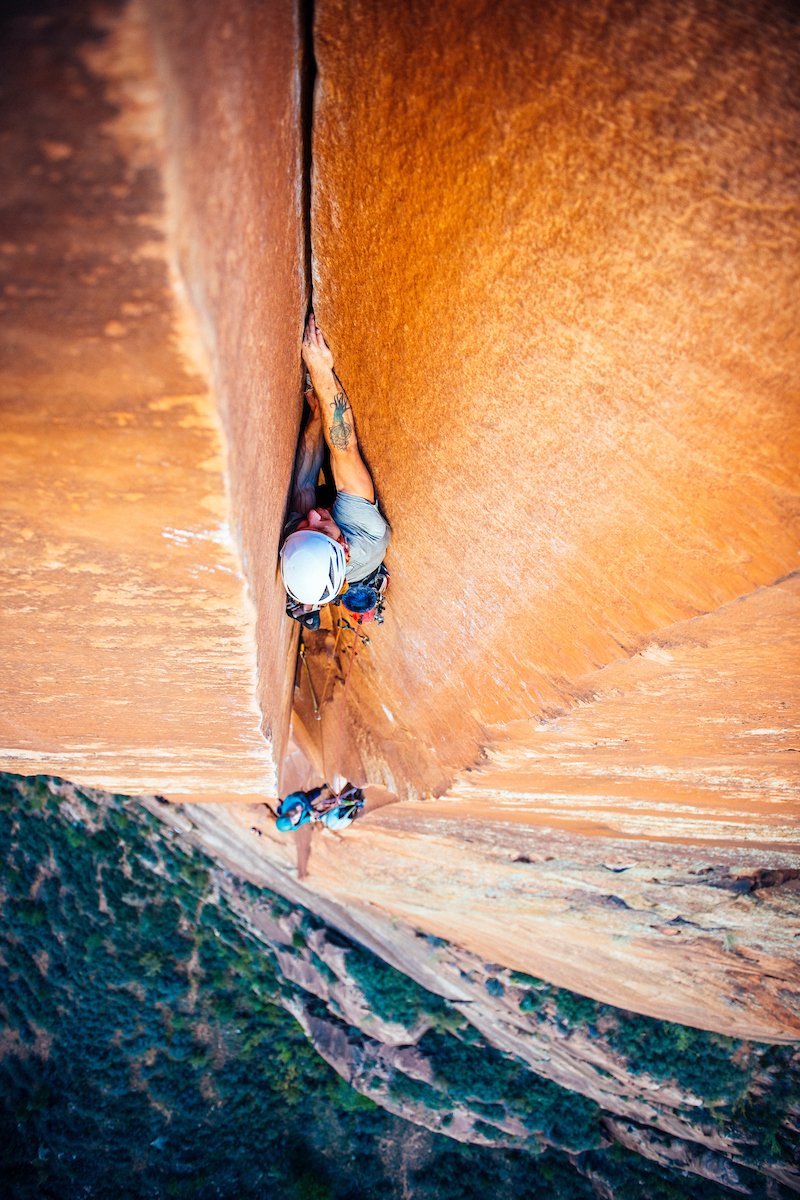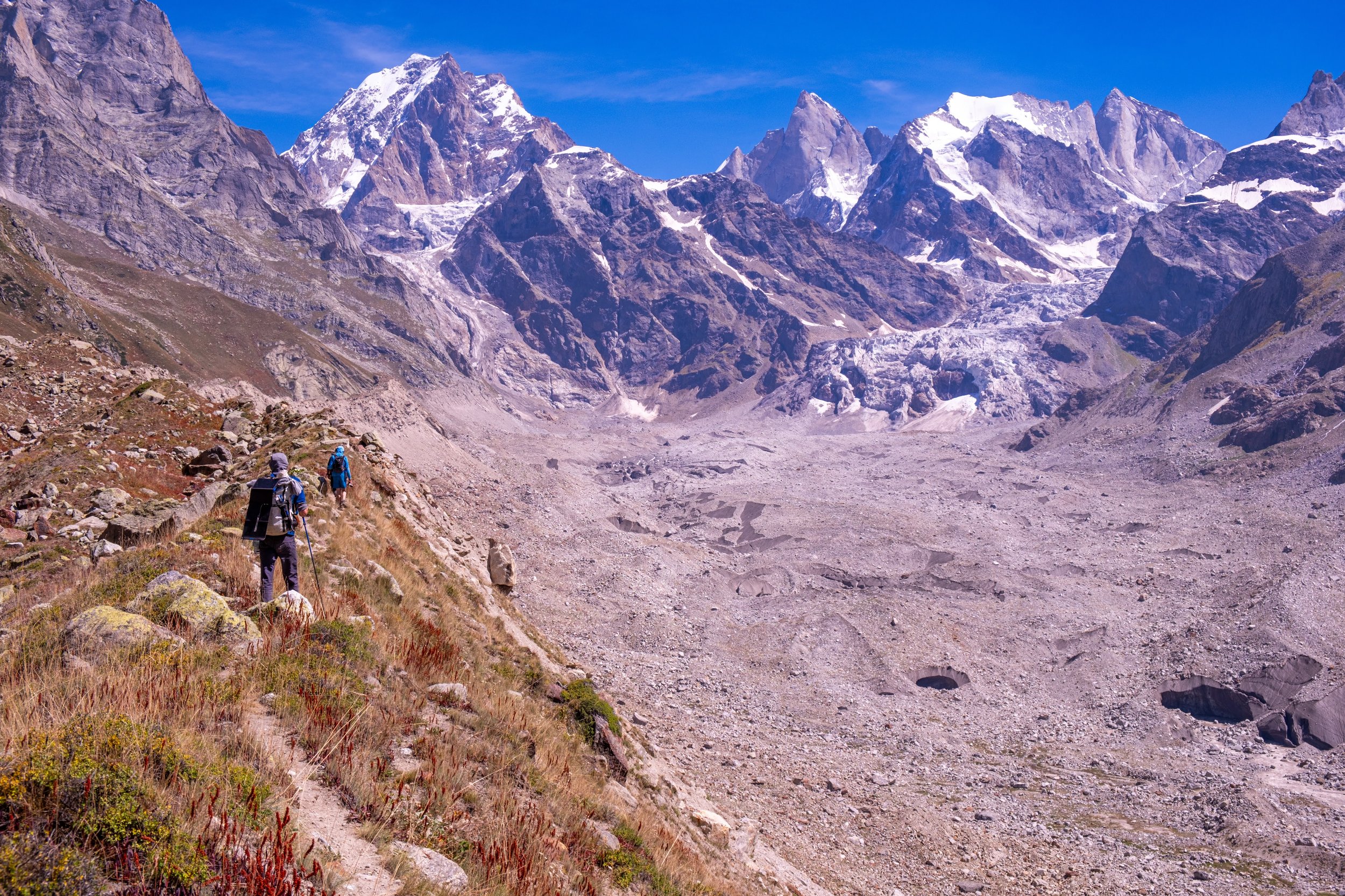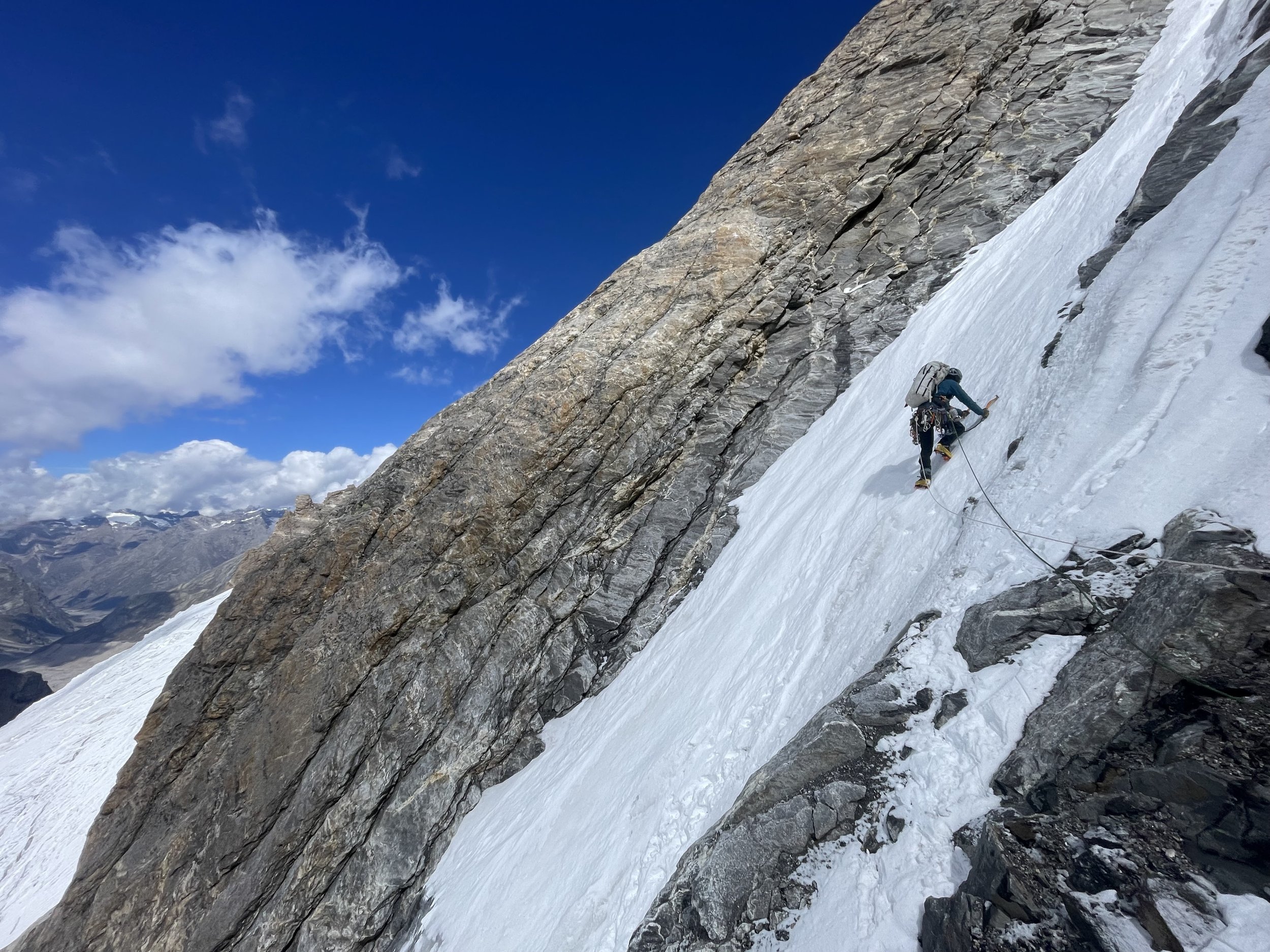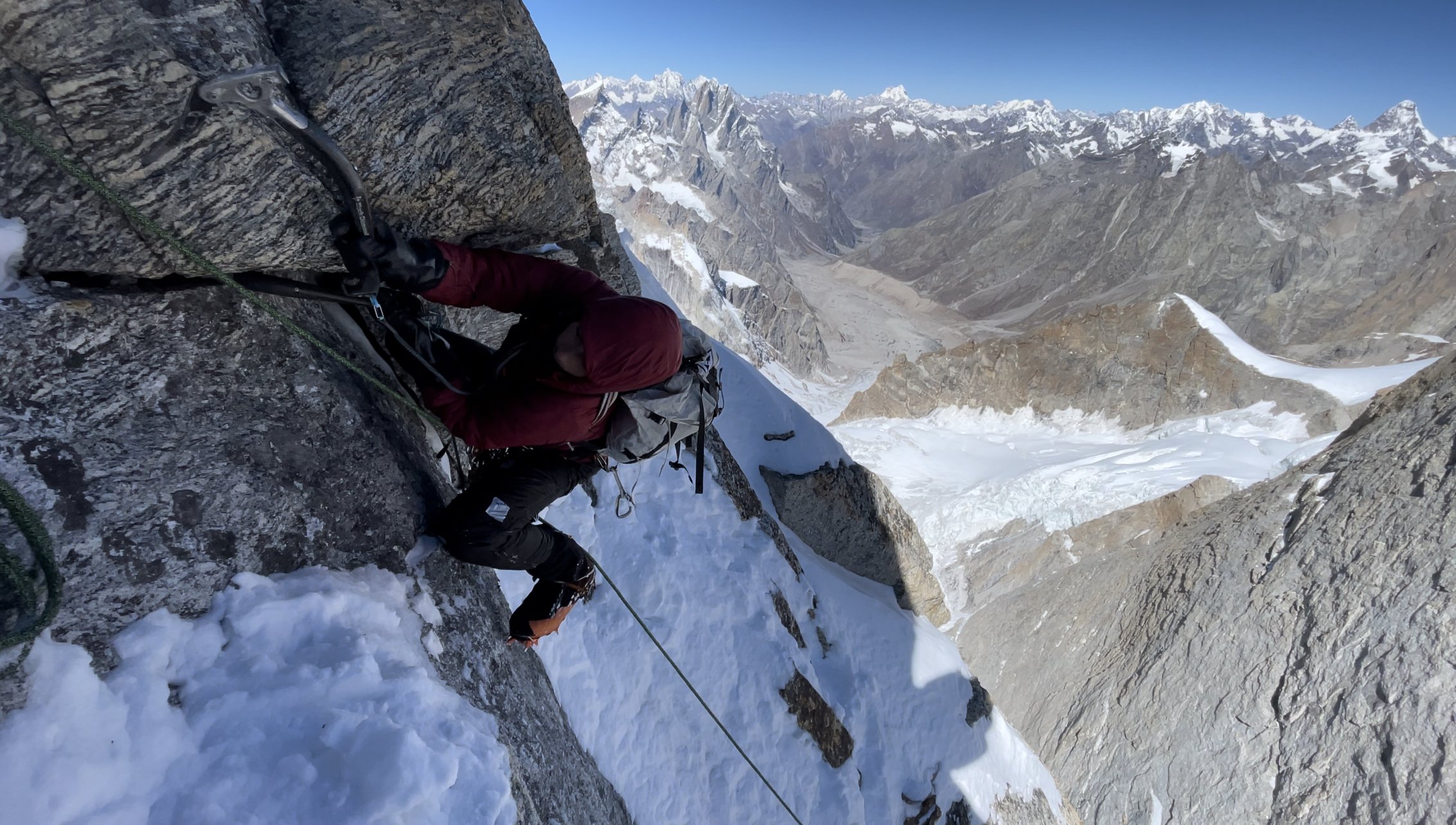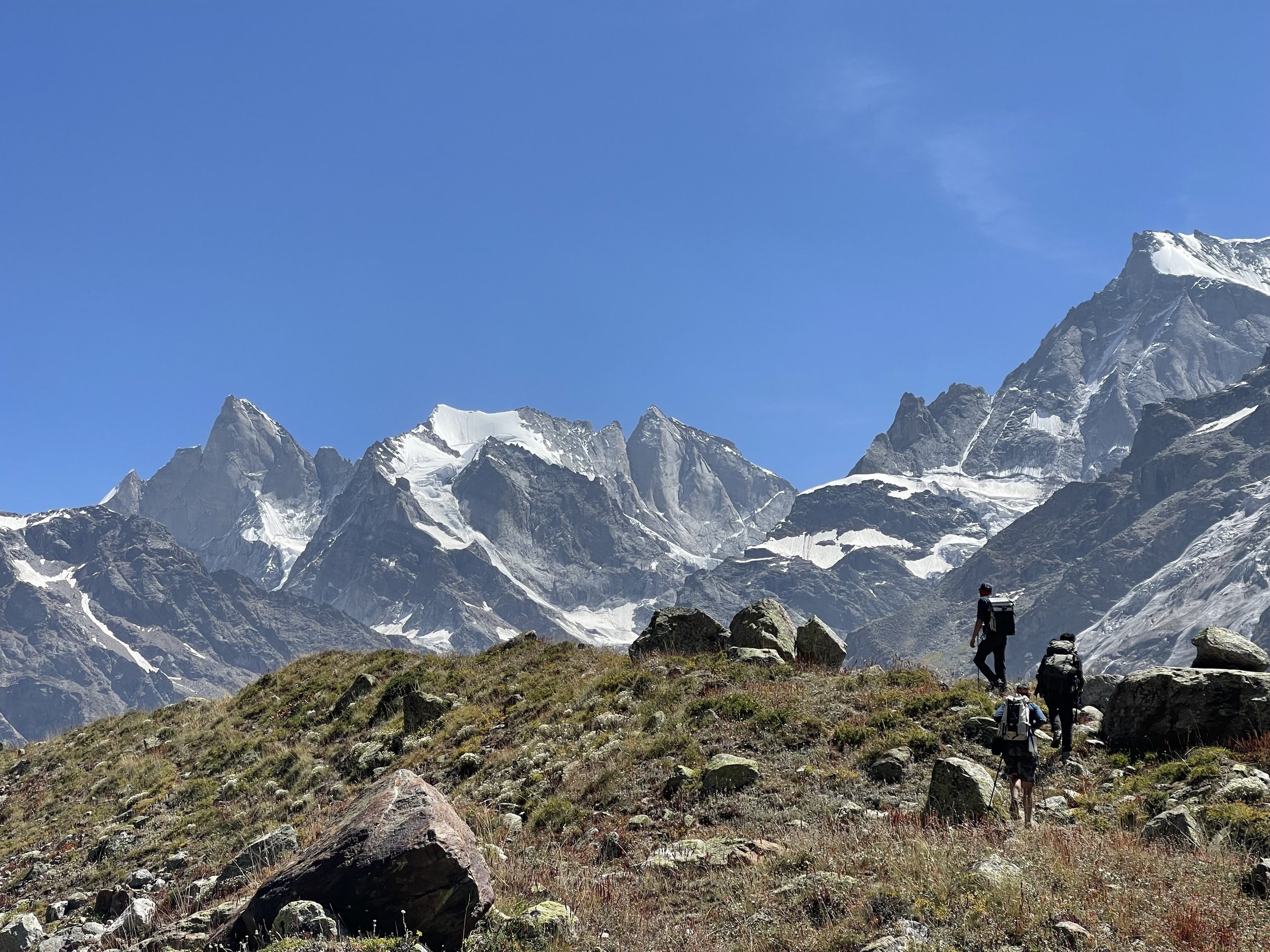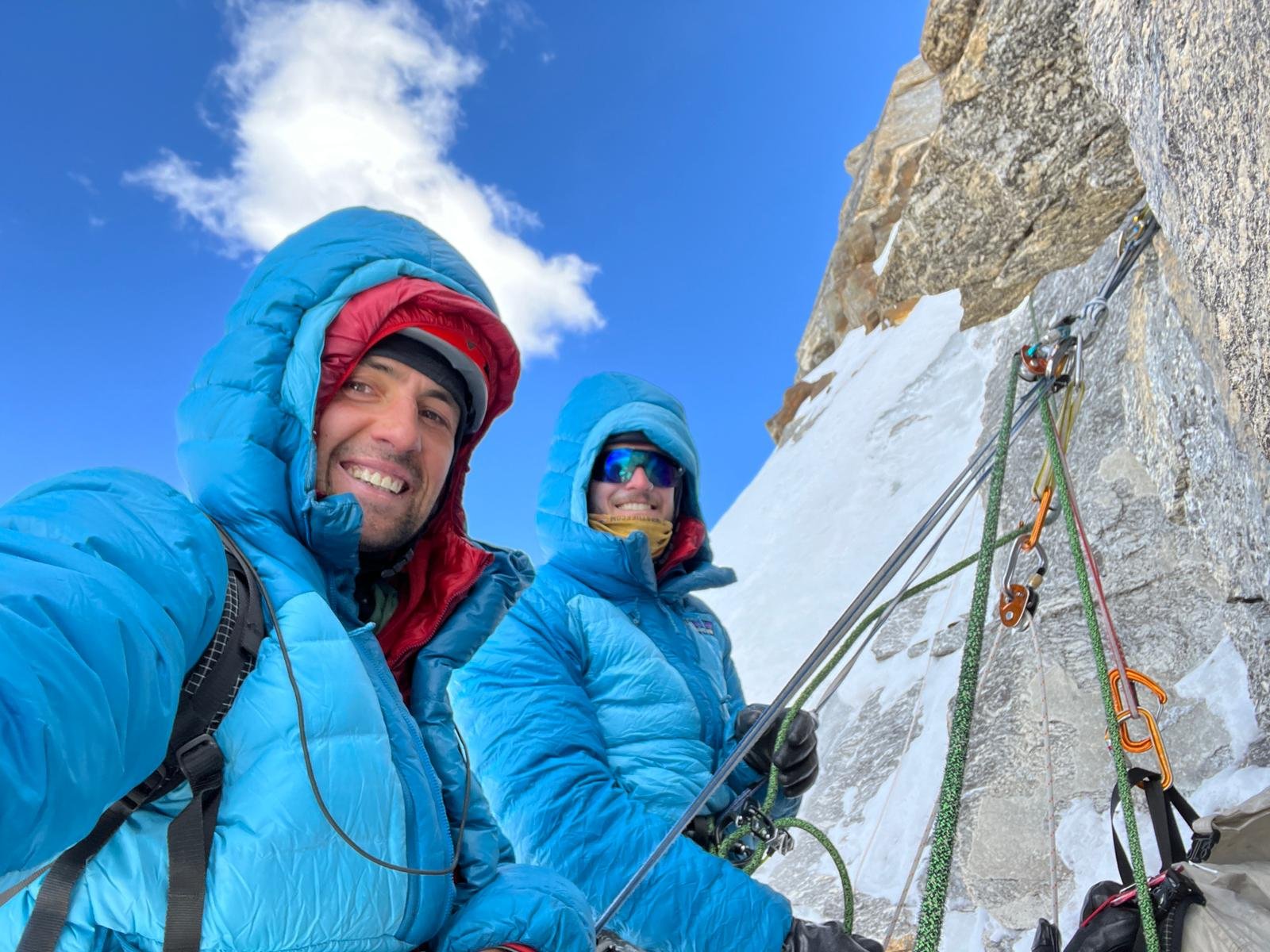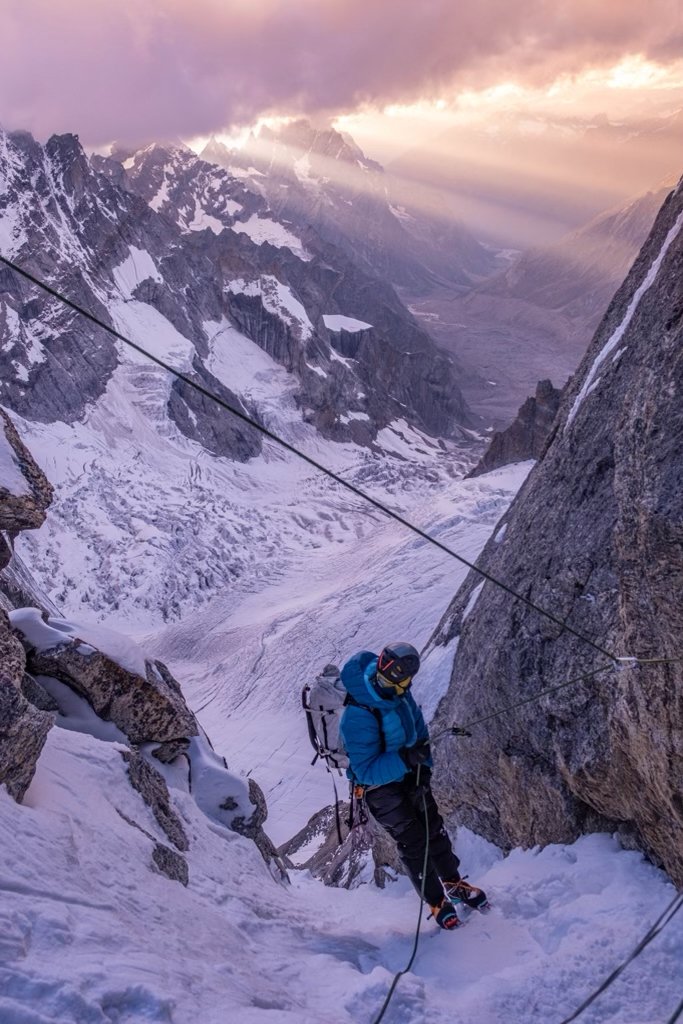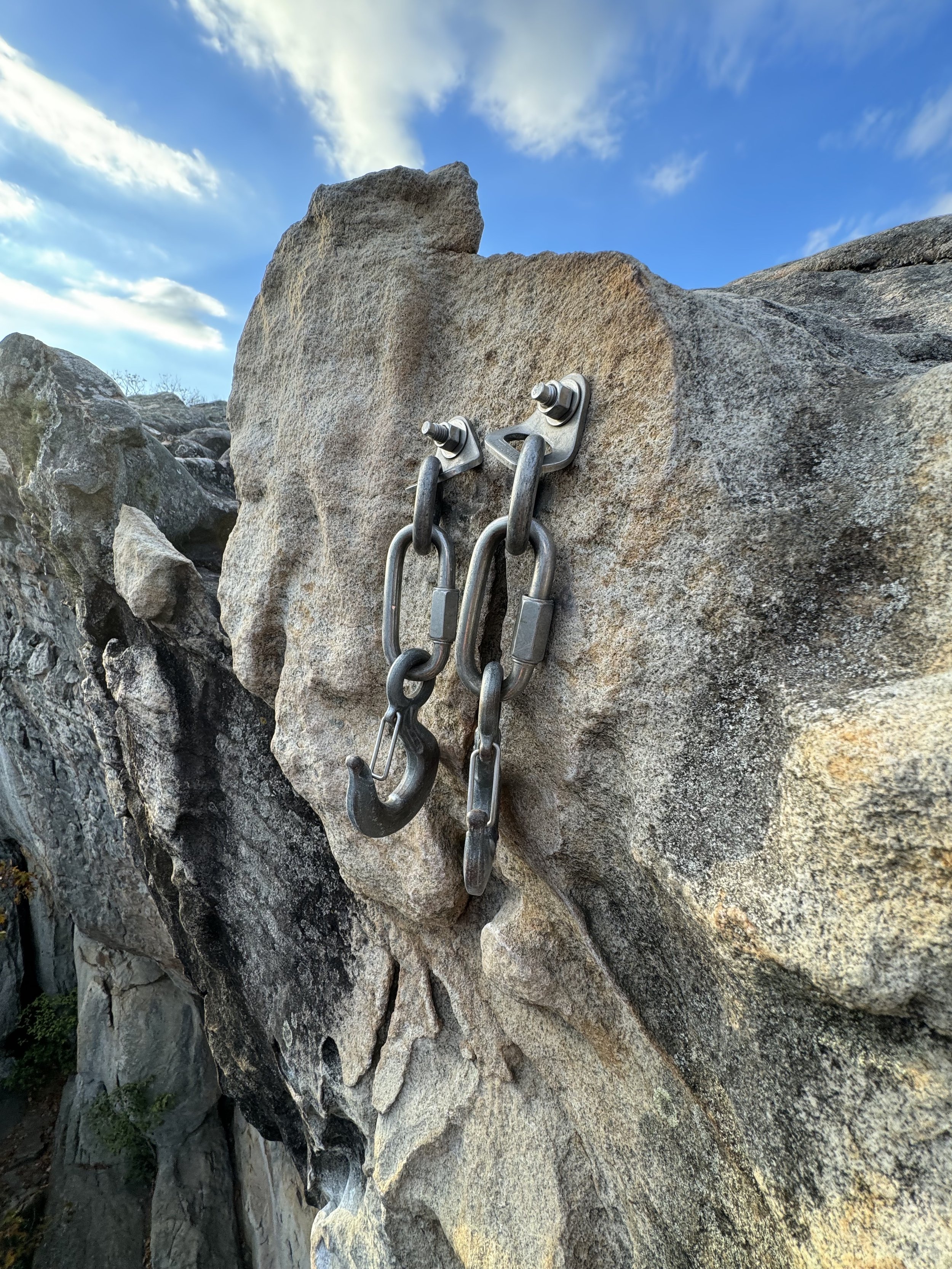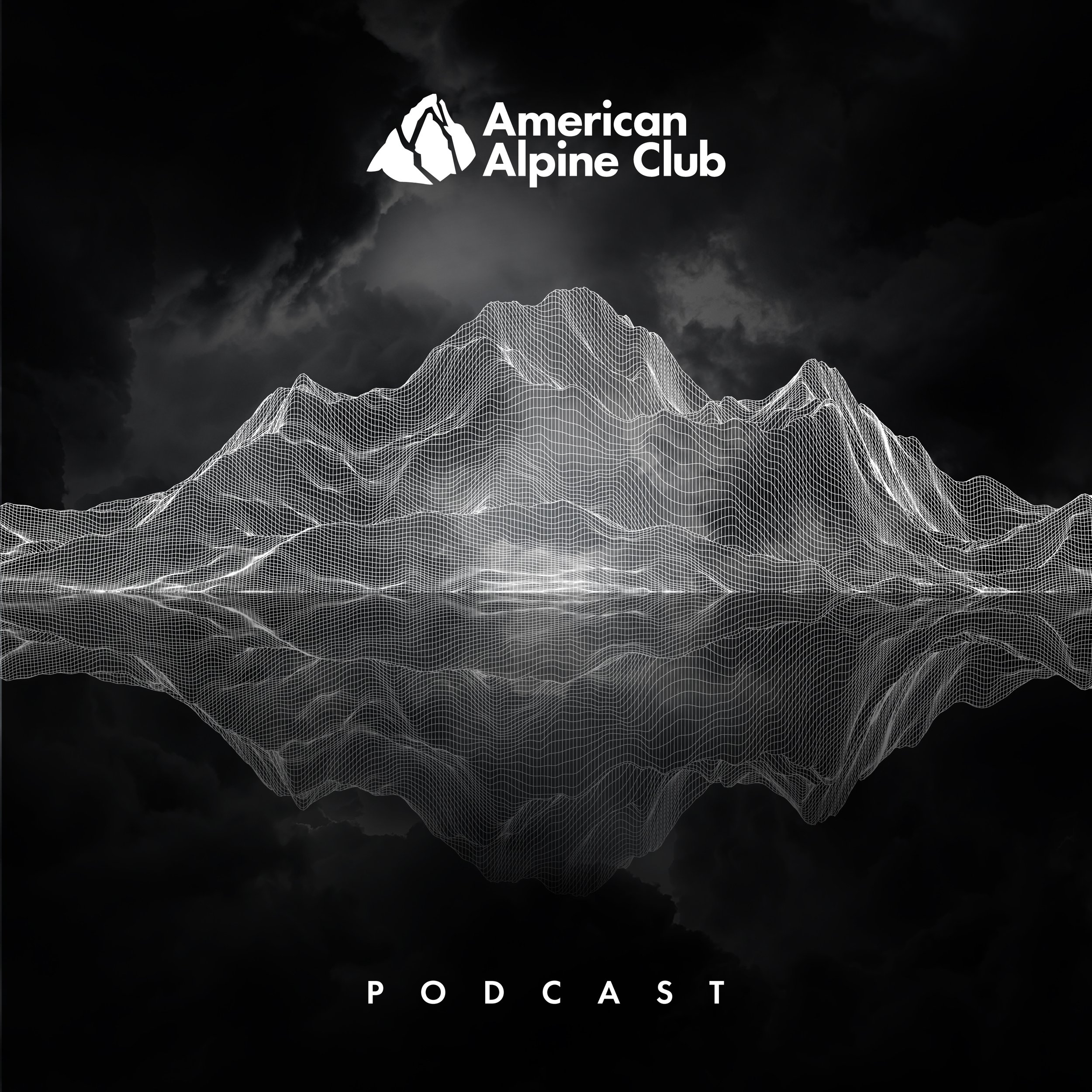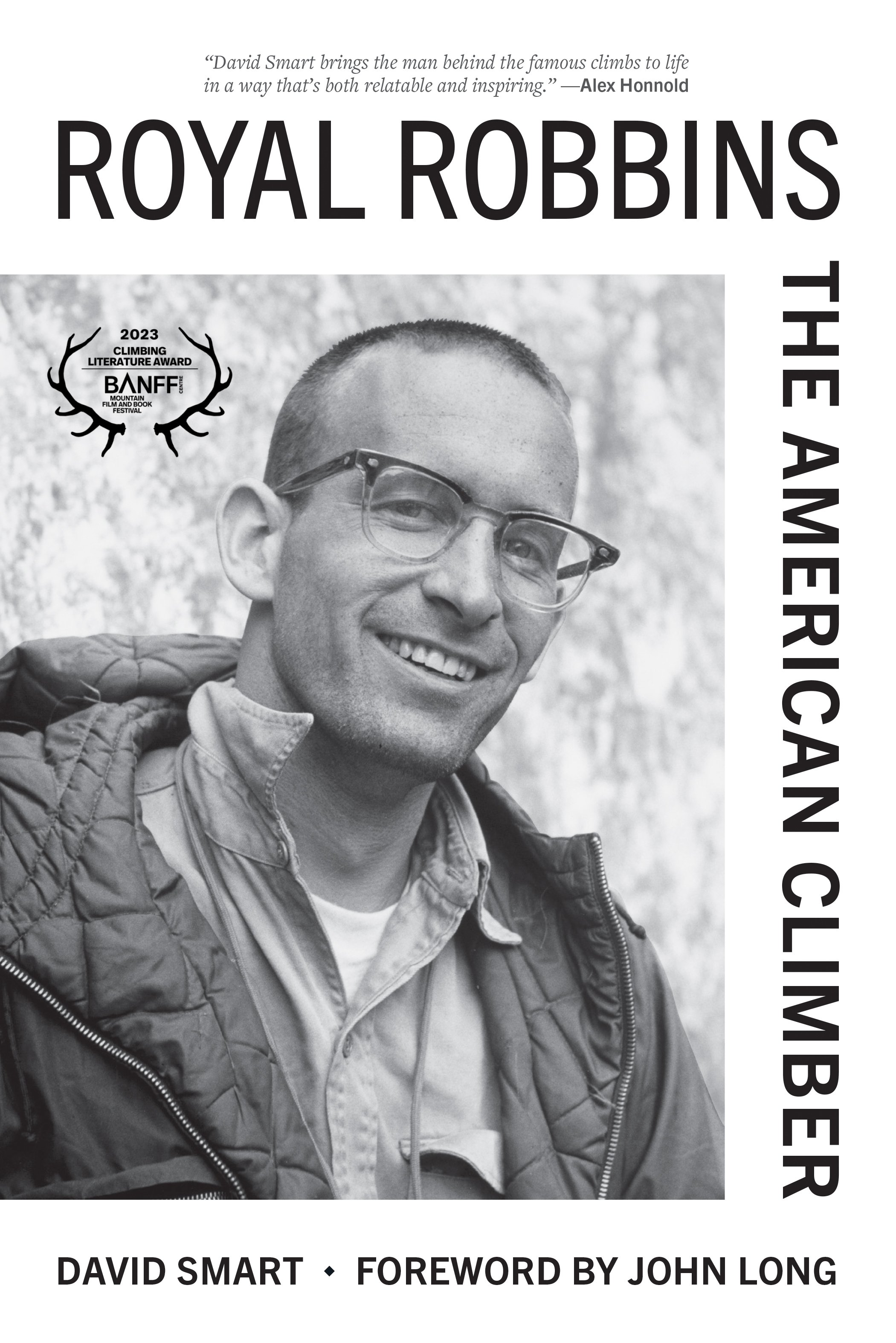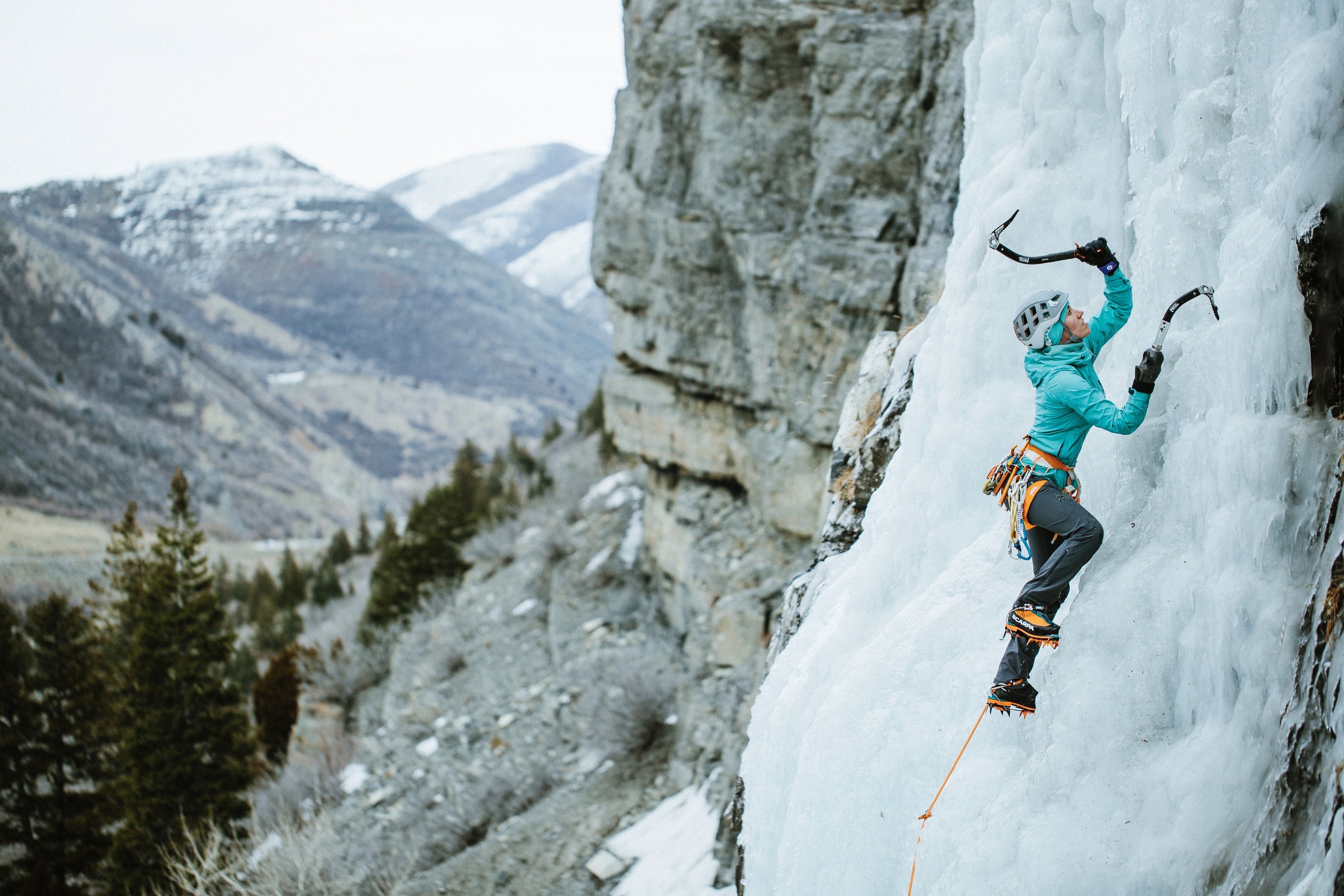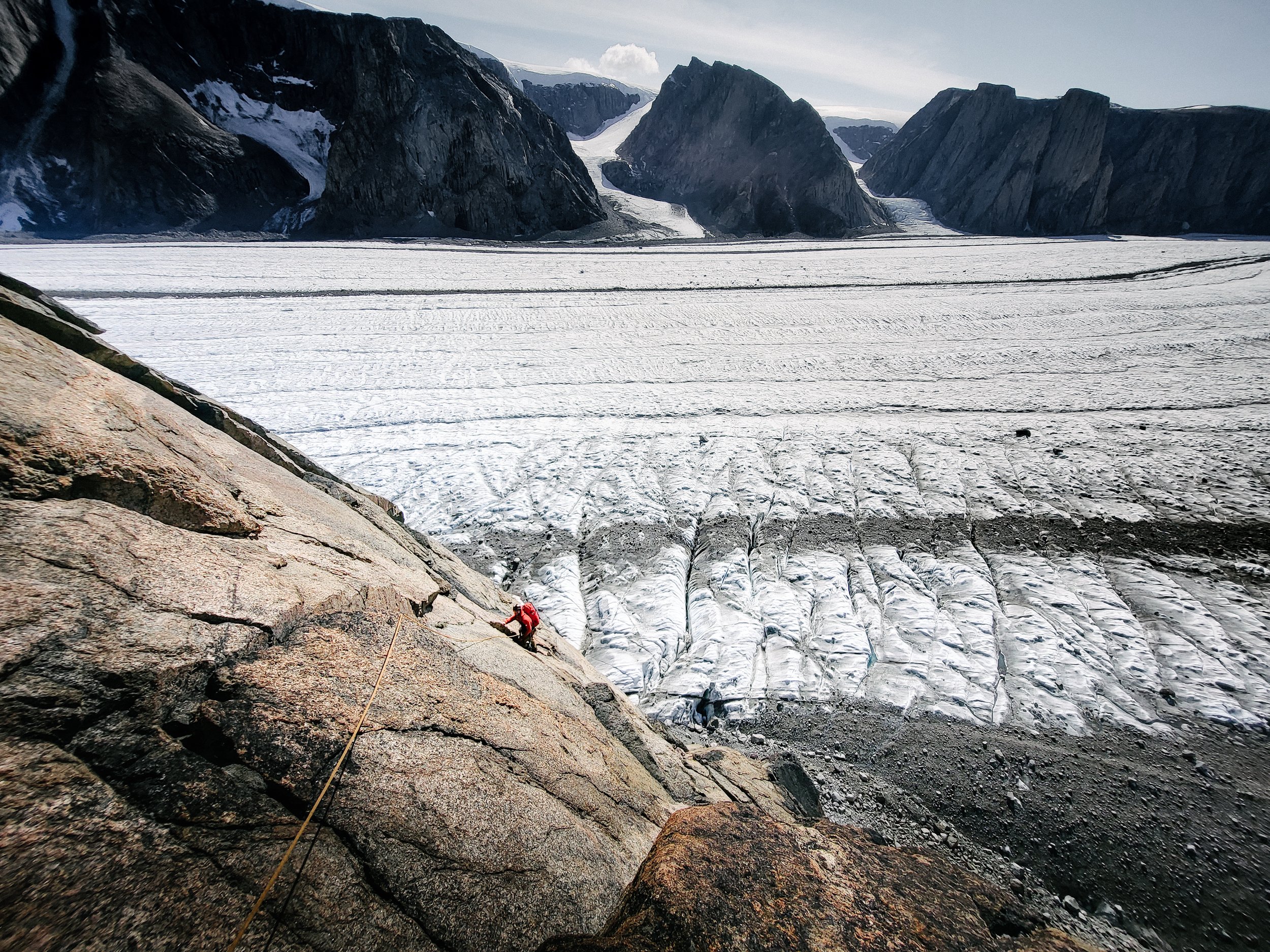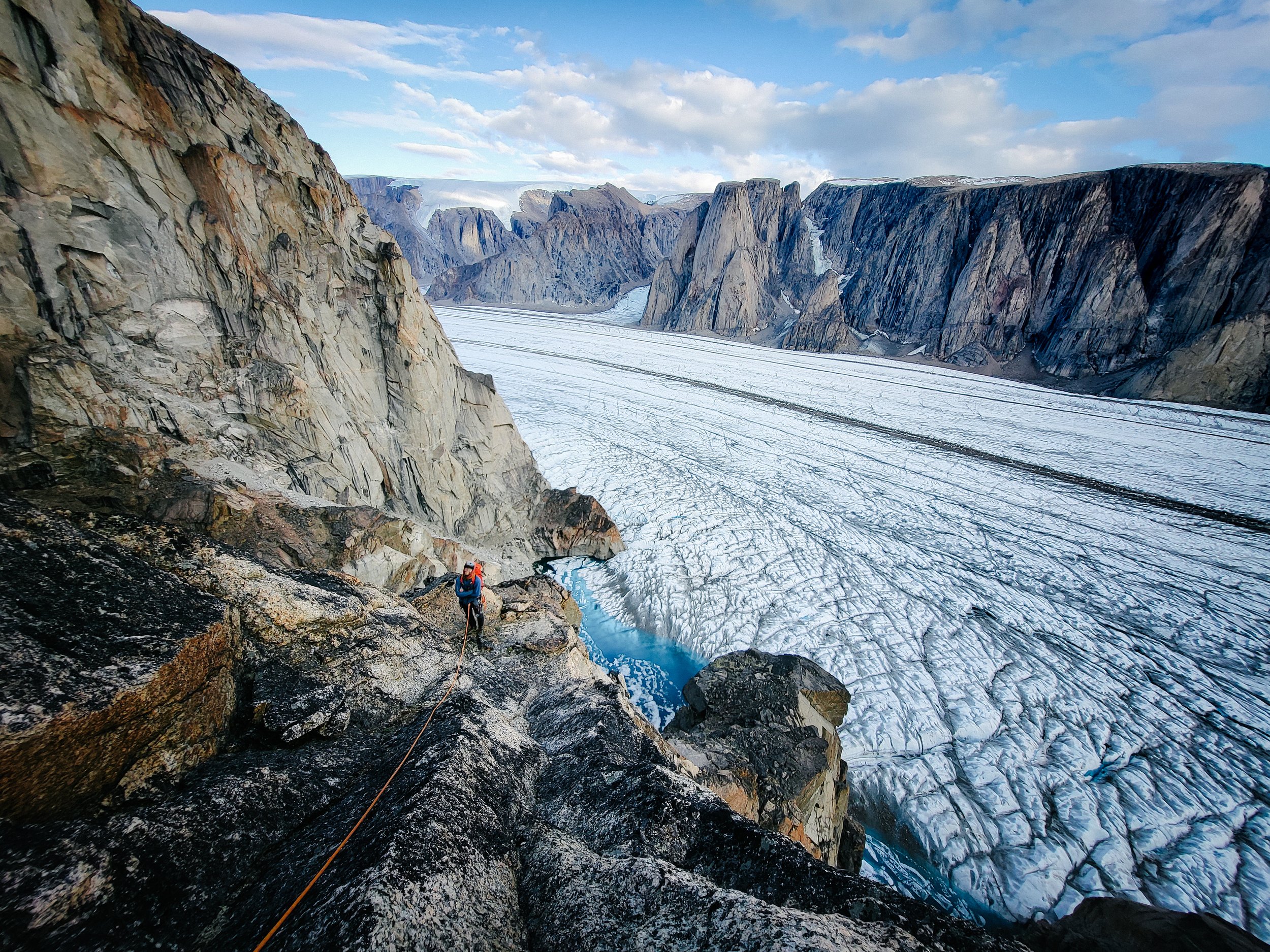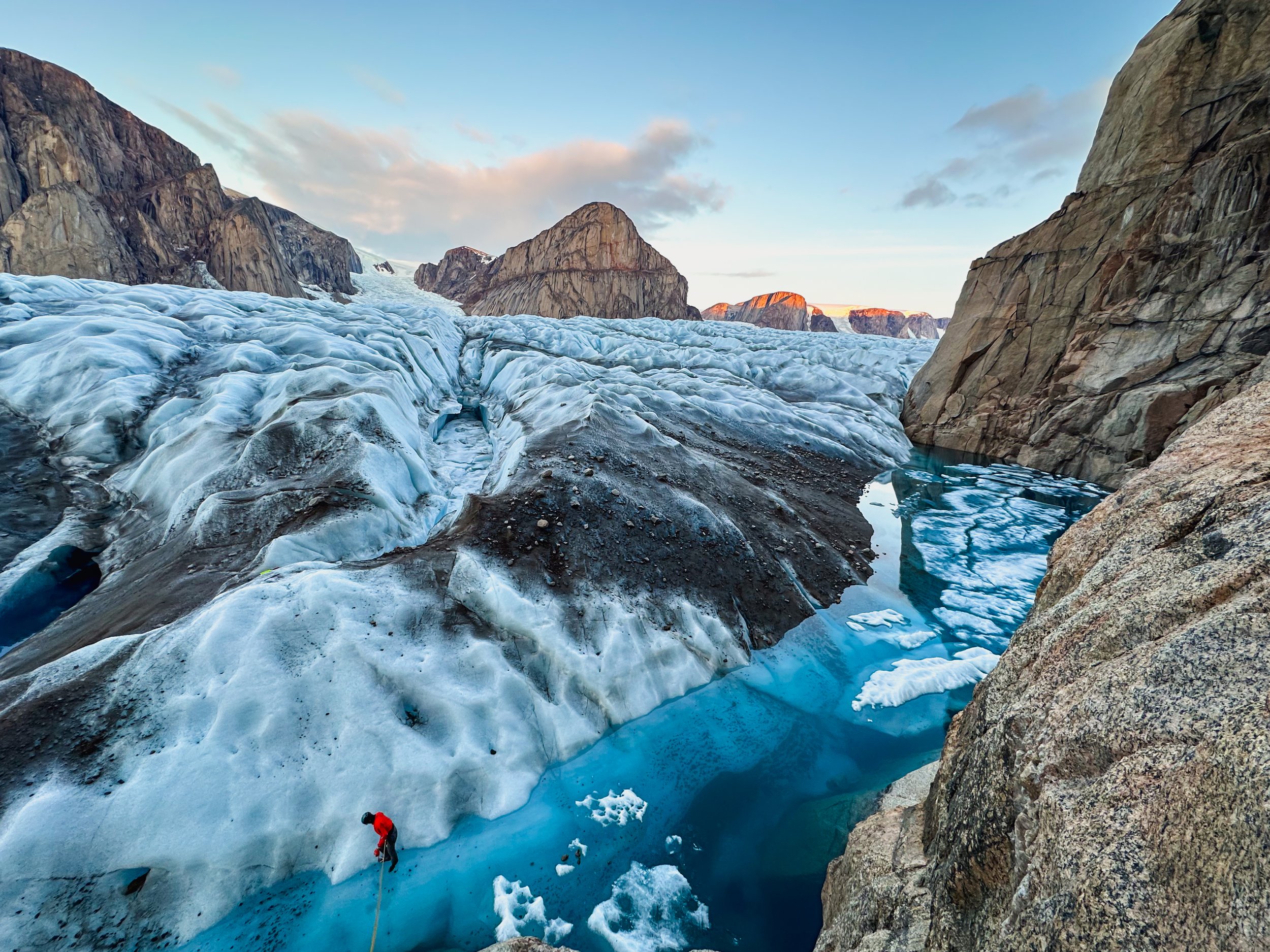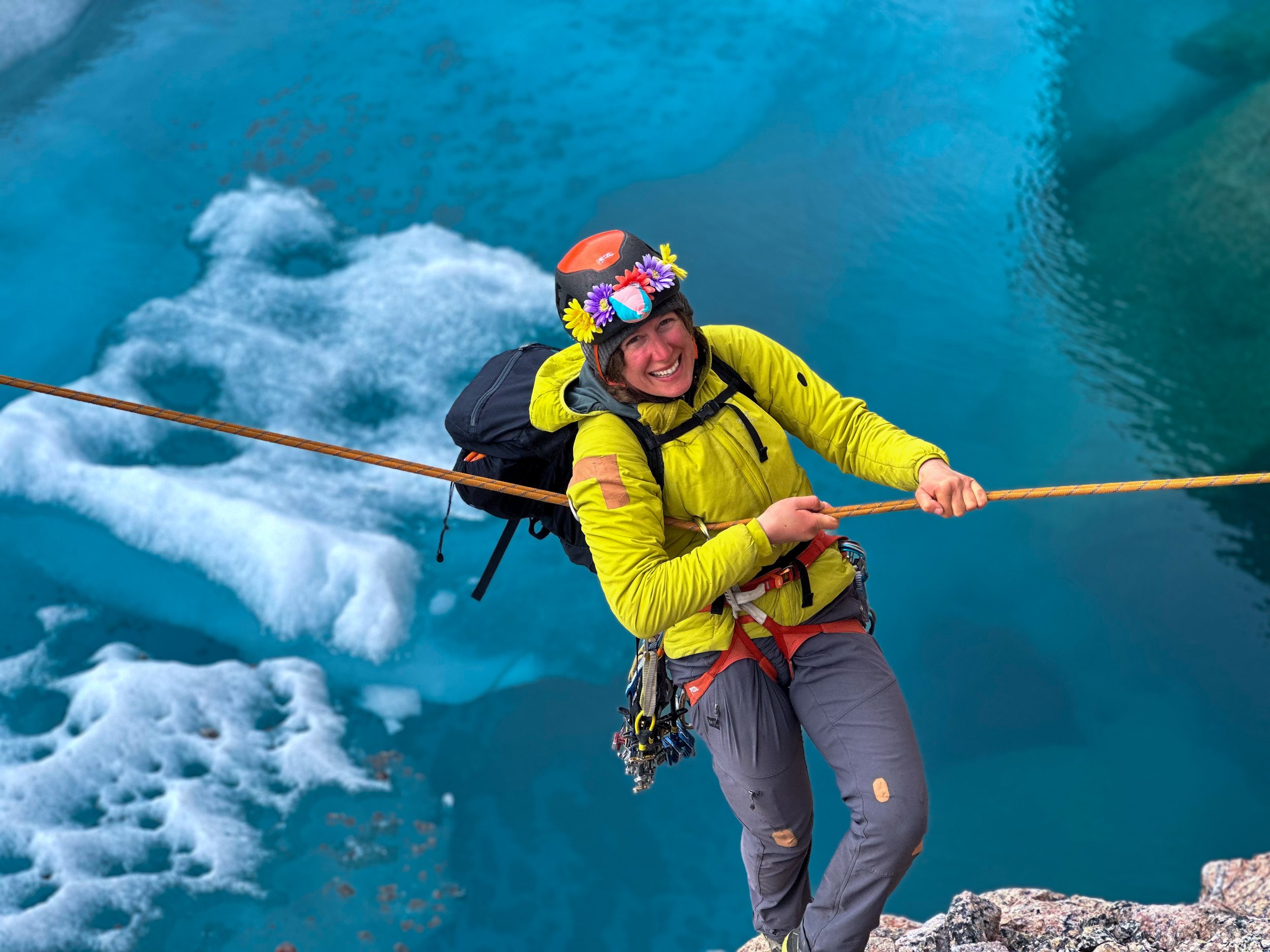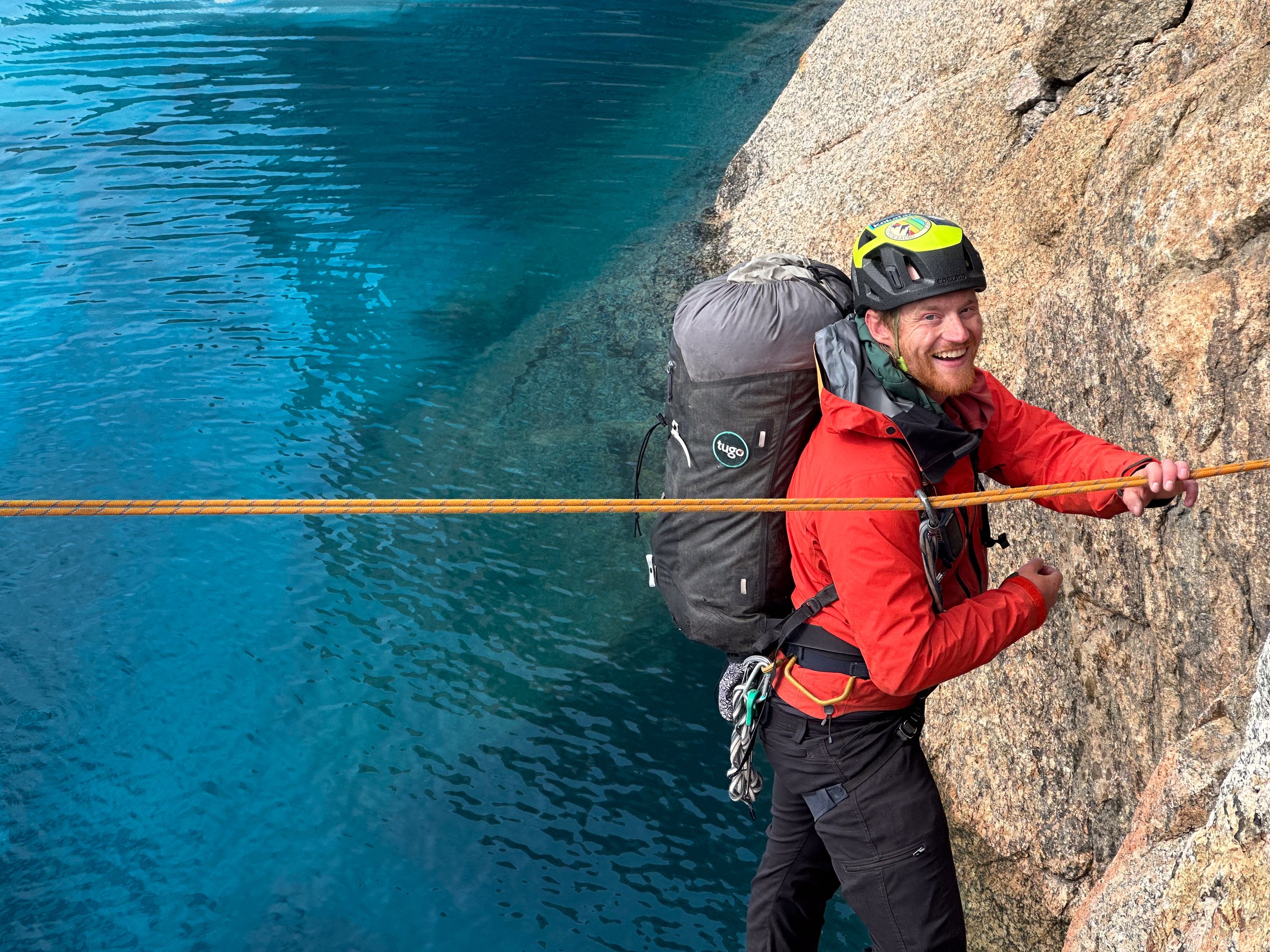The Diagonal, Black Canyon of the Gunnison
Designated Wilderness in 1976
2000’ (606m), 8 pitches, V 5.9 A5, Kor-McCarthy-Bossier, 1963
The Diagonal is in some ways an odd route to include here, because although it was important at the time, and excellent tales have been told about this first ascent, this route is rarely climbed today. It has the distinction of half a star on Mountain Project, and is known for the boldness required—which is particularly important to note in an area that already favors the bold. But we’re including it here precisely because of the climb’s historic nature, and how the first ascensionists—the magic team of Layton Kor, Jim McCarthy, and Tex Bossier—have articulated their thoughts on fixed anchors.
As a historic climb, The Diagonal contains multitudes. Layton Kor, who was the driving force behind the first ascent, was certainly known to be a singular kind of person. There was no one quite like him. In Climb!, his contemporaries describe this towering figure in awed terms: “Of his more forceful characteristics, those who knew Kor well during his climbing years say that he frequently exhibited the qualities of a man possessed. A driving inner tension gnawed at him. His way of escaping from this sensation was to be active in a way which totally occupied his mind and body. His climbs, pushed to the limit of the possible, served this function well.” When Kor legendarily quipped, staring up at the crux pitch on The Diagonal, that he wasn’t a married man, and perhaps he should take Jim McCarthy’s lead for that reason, behind the glint in his eye was that tension and drive. Kor did take the lead on the “horror pitch,” taking six and a half hours to complete it—and it’s still noted as one of Kor’s hardest leads in his career. After all, the team was trying for glory—attempting to find Colorado’s first grade VI, though it would turn out to be another grade V. It remains an iconic moment in climbing’s rich history of contemplating and pushing past our agreed upon limits.
Bossier indicated, in Kor’s book Beyond the Vertical, that the boldness that would come to characterize the climb was due in part to an intentional philosophical stance that the team made about the restrained use of fixed gear. Bossier writes: “The two major ethical dilemmas of the day were expansion bolts, and siege vs. alpine style ascents. We had taken oaths that the first grade six in Colorado deserved our commitment to a classic ascent. Despite knowing that we would pass through bands of rotten rock, we planned not to degrade our attempt with unnecessary bolting or extensive bolting.”
This sense of committing to good ethics and terms of engagement with the landscape is the backbone of the American idea of Wilderness, and embedded in the Wilderness Act, which defines Wilderness as “untrammeled,” “primeval,” and “undeveloped” landscapes, in which humanity is just a visitor. Though Kor, McCarthy, and Bossier weren’t meditating on nature in those explicit terms, their ascent too is wrapped in high-minded reflection on immersion in natural landscapes. After their wet bivvy, nature brought about a brush with awe that is so often what we seek in great, vast, wild adventures: “Next morning, as light became perceptible, we were engulfed in a dramatic whirlwind of dancing clouds. Shafts of light shone vertically upwards from the depths of the Canyon, while other masses swirled and skipped in wave patterns. We sat on our perches awed as light beams and rainbows mingled with mist. They were below us. They were with us—we could reach out and touch them. The clouds died as the power of the sun burned through and we began to take stock.”
No doubt waking up to this kind of light show—their position in the midst of it only possible because of this unique terrain—was part of the transformative experience of this climb. Bossier’s reflections demonstrate again that just as climbers of this time period were grappling with the appropriate boundary for the responsible use of fixed anchors, they were likewise attuned to how the landscapes they were climbing in shaped their experience.





